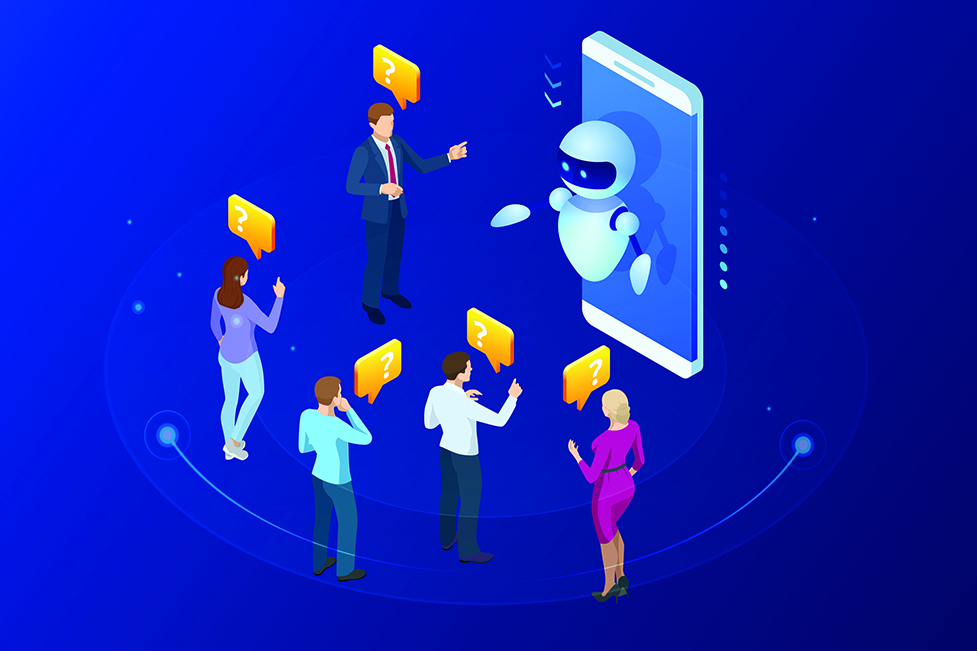Artificial Intelligence in Higher Education

If you’ve ever been on a company website and selected the chat option with a customer service question, you’ve likely interacted with a chatbot. Chatbots, such as these, are utilized to reduce the workload of customer service employees by helping clients with commonly asked questions and then navigating them to the correct information. Customer service is not the only use for chatbots. They can serve more diverse roles such as giving recommendations, idea generation and writing the rough draft of articles, like this one for example.
Chatbots, such as ChatGPT, are transforming the way we interact with technology and are becoming increasingly popular in higher education. These conversational agents are designed to simulate human conversation through text or voice, and can provide a range of services to students, faculty, and staff. While chatbots have the potential to revolutionize higher education in many positive ways, they also raise concerns about their impact on the quality of education and the role of human interaction in learning.
One of the most significant benefits of chatbots in higher education is their ability to improve access to information and support. Chatbots can assist students with basic administrative tasks, such as course registration, scheduling, and finding resources, freeing up valuable time for faculty and staff to focus on more complex issues. Additionally, chatbots can provide personalized support to students, offering advice and guidance based on their individual needs and interests.
Another advantage of chatbots is their potential to enhance student engagement and learning outcomes. Chatbots can provide interactive learning experiences, such as quizzes, games, and simulations, which can help students to retain information and develop problem-solving skills. They can also provide immediate feedback to students, enabling them to identify areas where they need further support or improvement.
However, the increasing use of chatbots in higher education has raised concerns about the impact on the quality of education and the role of human interaction in learning. While chatbots can provide students with a wealth of information and support, they cannot replace the unique human-to-human interaction that is an essential part of the learning process. Many students value the opportunity to interact with their peers and professors, ask questions, and engage in discussions that challenge their thinking and deepen their understanding.
Moreover, some experts argue that the overreliance on chatbots could lead to a reduction in the number of staff and faculty members in higher education, which could ultimately result in a decrease in the quality of education. The implementation of chatbots should be viewed as a complementary tool that supports human interactions, not a replacement.
While chatbots such as ChatGPT have the potential to help and hurt higher education, their impact will ultimately depend on how they are integrated into the learning experience. If chatbots are used in a way that complements human interactions and supports learning outcomes, they can be a valuable tool for improving access, engagement, and outcomes in higher education. However, if chatbots are used to replace human interaction entirely, they could undermine the quality of education and limit the opportunities for students to engage in meaningful learning experiences.
About The Author
Back to Blog
